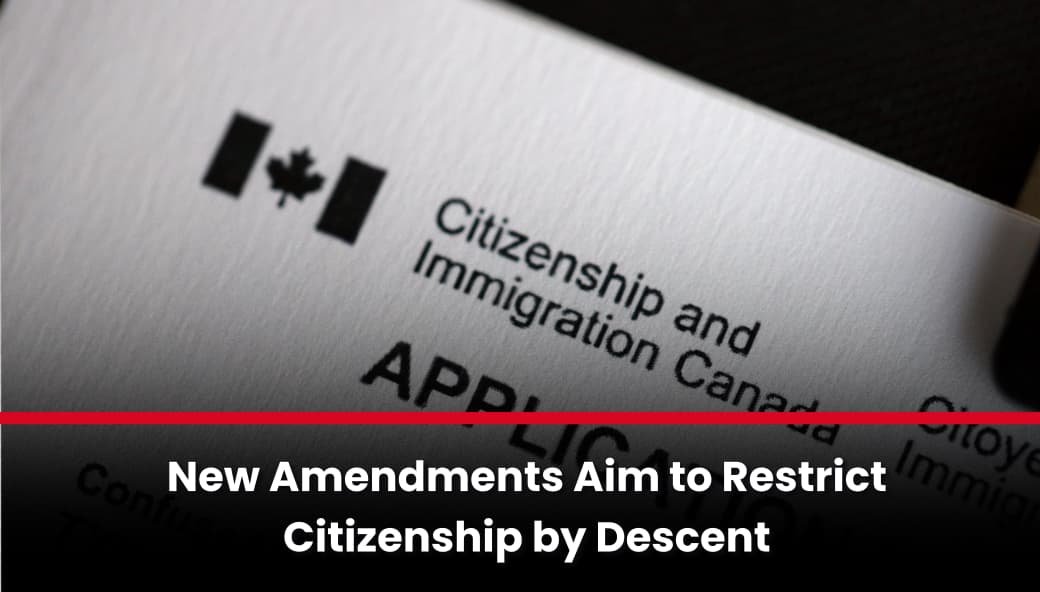In Canada, long-term disability (LTD) claims go through a thorough and often rigorous evaluation process by insurance companies.
These claims apply to individuals who must take extended leave from work due to illness or injury, requiring clear evidence to support the claim’s validity.
As noted by experts at Affinity Lawyers, LTD claims can be particularly challenging as insurers carefully scrutinize whether the claimant meets the specific terms of the policy.
Insurers consider various elements, such as medical records, the seriousness of the condition, and the claimant’s compliance with prescribed treatment plans.
A solid understanding of these factors can enhance the chances of a successful claim and help claimants navigate potential obstacles in the process.
1. Definition of Disability in the Policy
A key factor in any LTD claim is how the policy defines disability. Policies vary in their definitions, often using terms like “own occupation” or “any occupation.” Initially, the “own occupation” definition is applied, requiring the claimant to show they are unable to carry out their specific job duties.
After a set period—usually around two years—the definition often changes to “any occupation,” meaning the claimant must then demonstrate that they are unable to perform any job for which they are suitably qualified by education, training, or experience.
2. Medical Documentation
Comprehensive medical documentation is essential for LTD claims. Insurers require detailed medical evidence from certified healthcare providers to validate the claim. This may include doctors’ reports, specialist evaluations, diagnostic tests (such as X-rays or MRIs), and a full treatment history. Insurers need proof that the claimant’s medical condition truly hinders their ability to work. The thoroughness and consistency of these medical records are key factors in determining whether the claim will be approved.
3. Treatment Compliance
Insurance companies anticipate that claimants will adhere to appropriate medical guidance and participate in recommended treatments or rehabilitation programs. If a claimant declines treatment or fails to follow their doctor’s recommendations, the insurer may challenge the legitimacy of the claim. Demonstrating compliance indicates that the claimant is actively working towards recovery and a return to work. Not engaging in rehabilitation or following prescribed treatments could lead to the denial of the claim.
4. Length and Consistency of the Condition
It is essential to demonstrate the long-term aspect of the disability. Insurance companies evaluate whether the condition is anticipated to persist beyond the short term, usually defined as six months or longer. To gain approval for an LTD claim, the disabling condition must be significant and expected to be enduring. Chronic conditions, such as mental health disorders (e.g., depression, anxiety), musculoskeletal issues, or degenerative diseases, can qualify for LTD, provided the claimant can prove that the condition is continuous and hinders their ability to work.
5. Ability to Function
The insurance company will assess the claimant’s functional capacity, focusing on how their physical or mental limitations influence their ability to carry out job responsibilities. This evaluation may include assessments from occupational therapists, functional capacity evaluations (FCE), or independent medical examinations (IME) requested by the insurer. The objective is to understand how the disability affects the claimant’s work-related activities and daily living tasks. For instance, an individual with chronic back pain may be evaluated to determine how much they can lift or how long they can sit or stand.
6. Claimant’s Employment and Occupation
The type of job held by the claimant is a critical factor in the evaluation process. For instance, if the work involves physically strenuous activities, such as construction or manual labor, a physical disability may more readily warrant LTD. On the other hand, for sedentary positions, like office work, the insurer may question whether the claimant is still capable of performing fundamental tasks such as sitting at a desk or typing, even with their condition. The insurance company will also assess whether reasonable workplace accommodations could enable the claimant to continue their employment.
7. Claims Related to Mental Health
Disabilities associated with mental health, including depression, anxiety, or post-traumatic stress disorder (PTSD), frequently appear in LTD claims but can be more difficult to substantiate. Insurers require comprehensive medical documentation from mental health experts, such as psychiatrists and psychologists. They also evaluate whether the claimant is receiving consistent treatment, including therapy or medication, and whether the severity of their condition hampers their ability to function in a workplace setting.
8. Continuous Medical Evaluations
Insurance companies typically mandate regular medical updates to ensure that the disability remains valid and that the claimant is actively undergoing treatment. This may involve routine doctor appointments or evaluations conducted by medical professionals designated by the insurer. Not providing updated medical information can lead to a suspension or cancellation of benefits. Insurers may also require claimants to undergo independent medical evaluations (IME) to assess the severity of the disability.
9. Calculation of Income Replacement
In Canada, the benefit amount for LTD claims is typically calculated as a percentage of the claimant’s income before the disability, generally between 60% and 70%. The insurer will confirm the claimant’s earnings prior to the onset of the disability to ensure that the income replacement adheres to the policy’s terms. If the claimant receives additional compensation, such as workers’ compensation or CPP Disability (Canada Pension Plan), the insurance company may deduct these benefits from the LTD payout.
10. Eligibility for Canada Pension Plan (CPP) Disability Benefits
Most LTD policies in Canada mandate that claimants apply for CPP Disability benefits. These benefits are provided by the federal government to individuals with a severe and enduring disability that hinders their ability to work. Insurance companies frequently consider CPP Disability approval as a standard for assessing whether the claimant fulfills the requirements for long-term disability benefits outlined in their policy. While a denial of CPP Disability benefits can occasionally have a negative effect on an LTD claim, it does not automatically result in the denial of the LTD claim.
11. Monitoring and Investigations
Insurance companies may initiate surveillance or investigations if they have concerns about potential fraud or exaggeration of the disability. This might involve employing private investigators to observe the claimant’s activities or reviewing social media profiles for any evidence that contradicts the assertion of being disabled. For example, if a claimant experiencing back pain is observed participating in physical activities, such as heavy lifting or playing sports, this could result in a denial or cancellation of benefits.
12. Legal and Regulatory Considerations
In Canada, long-term disability insurance is governed by provincial regulations that safeguard the rights of claimants. For example, provincial insurance laws may establish minimum standards for LTD coverage and offer claimants options to appeal denied claims. Insurance companies are required to comply with these regulations throughout the claims process, and claimants have the right to seek legal counsel if they believe their claim has been unjustly denied.
Conclusion
Long-term disability claims in Canada undergo a comprehensive review process in which insurance companies evaluate various factors, including policy definitions, medical evidence, treatment compliance, and functional capacity. This thorough assessment aims to ensure that only valid claims are approved while mitigating the risk of fraud or inflated claims. By understanding these factors, claimants can more effectively navigate the LTD process and enhance their likelihood of obtaining the benefits they require during periods of disability.





